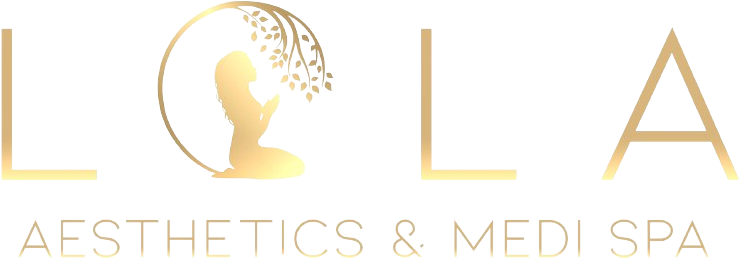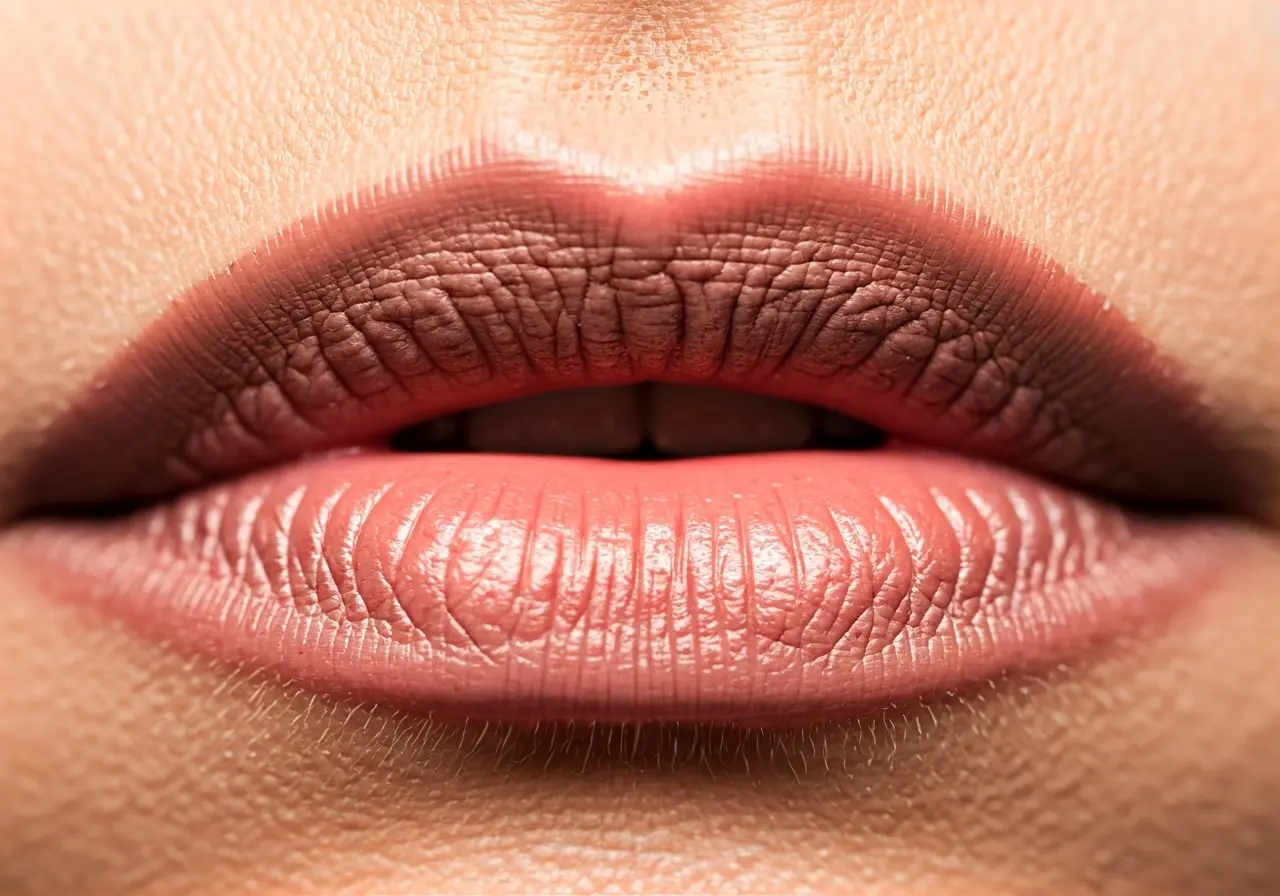Thinking about getting lip injections? Before you make any decisions, it’s vital to have a thorough consultation with your practitioner. Asking the right questions can help you make an informed choice and ensure the results align with your expectations. Here’s a list of questions to guide you through this process.
1. What Qualifications and Experience Do You Have?
It’s essential to ensure that your practitioner is qualified and experienced in performing lip injections. Ask about their certifications, training, and how long they’ve been practicing in the field. Qualifications can vary, and while some practitioners may hold medical degrees, others could have specialized training in dermatology or cosmetic surgery. Experience not only gives insight into their competence but also hints at their familiarity with the latest trends and techniques in lip augmentation. Make sure to verify their credentials and possibly seek reviews or references from past clients to assure yourself of their reliability and expertise.
Don’t hesitate to inquire about their specific experience with lip injections compared to other procedures. Sometimes practitioners who focus on particular treatments tend to excel at them. Look for someone who not only performs lip injections regularly but also stays updated on the latest advancements in the field. This ensures they are honing their skills and staying informed about the newest, potentially safer and more effective methods to achieve the desired outcomes. Remember, a more experienced practitioner is likely to understand the subtle nuances that ensure results appear natural and tailored to your facial anatomy.
2. What Type of Filler Do You Recommend?
Different types of fillers can create varying aesthetic results. Discuss with your practitioner the options available and why a specific filler is recommended for your needs and desired outcome. Hyaluronic acid-based fillers are the most common choice due to their flexibility and natural occurrence in the body, making them safer with fewer risks of allergic reactions. Your practitioner may prefer one brand or type over another based on specific characteristics such as longevity, firmness, or softness. Understanding the properties and pros and cons of each option can influence your choice, so be sure to address any questions or concerns during the consultation.
Be aware that the choice of filler can greatly affect the feel and look of your lips. Some fillers integrate smoothly with lip tissues while others add distinctive volume or contour. The decision will ultimately depend on personal preferences and the practitioner’s suggestion based on their expertise. To aid this decision, your practitioner should also discuss how different fillers can merge or conflict with other treatments you might have undergone or are considering. If you’re looking for subtle enhancements, some fillers might be more suitable, while others can provide dramatic volume if that’s the desired effect. An informed choice here will contribute significantly to the satisfaction of your end results.
3. How Do You Ensure Natural-Looking Results?
To avoid an overdone look, inquire about the techniques used to achieve a natural appearance. Subtlety is often key, and your practitioner should have strategies to maintain the natural contours of your lips. An experienced professional will customize the amount of filler and its placement based on your individual lip shape and desired enhancement. They should be able to explain how they balance the proportions of your lips with the rest of your facial features. Techniques such as microdosing and precise layering of fillers can enhance lips without making them appear unnatural or disproportionate.
4. Can You Provide Before and After Photos?
Reviewing before and after photos of previous patients can give you a realistic expectation of the results. It can also showcase the practitioner’s skill and aesthetic style. These photos are invaluable tools that offer a glimpse into the scope of the practitioner’s work and the kind of results they are capable of delivering. Look for consistency in their outcomes and a level of detail that aligns with your expectations. Pay keen attention not just to the final appearance but also to how well the results have settled over time, if that’s part of the photo portfolio.
5. What Are the Potential Risks and Side Effects?
Every cosmetic procedure carries some risk. Understanding the possible side effects and how they’re managed can help set your mind at ease. Common side effects of lip injections might include swelling, bruising, or tenderness at the injection site. Discuss how these side effects can be mitigated and what steps you should take if they occur. It’s also crucial that your practitioner is prepared to handle more severe, albeit rare, complications, such as vascular issues or allergic reactions. Being informed about these risks and how your provider plans to address them ensures that you are opting for a safe procedure.
Ask about the experiences of past patients regarding side effects and how they were resolved. A reputable practitioner will have a clear protocol for managing any complications and ensuring patient safety. Make sure to inquire about guidance for symptoms that might require immediate intervention and the resources or support they offer in circumstances that exceed usual expectations. The knowledge of being in good hands with someone who practices responsibly will greatly contribute to your peace of mind throughout the process.
6. What Should I Avoid Before and After Treatment?
Certain activities or medications can affect your treatment, and knowing what to avoid will help you prepare properly and support the healing process. Before treatment, it might be recommended to avoid blood thinners, certain supplements, or specific skincare products that could increase bleeding or bruising. Post-treatment, staying away from environments that could irritate the injection sites, such as extreme temperatures or sun exposure, will likely be advised. Your practitioner should lay out a comprehensive list of dos and don’ts to maximize the results and minimize side effects.
7. How Long Does the Procedure Take?
Understanding the duration of the procedure can help you plan your day. The actual injection process typically takes only about 15 to 30 minutes, but you might need to allocate additional time for the initial consultation and numbing process. Your practitioner will guide you through what to expect both time-wise and in terms of procedural steps. Follow-up appointments could also be included in the overall duration, especially if touch-ups are needed to perfect the symmetry and texture of your lips. Therefore, it’s wise to have a flexible schedule on the day of the treatment to accommodate any unexpected delays.
8. What Is the Recovery Time?
Recovery times can vary based on the individual and the extent of the procedure. Generally, initial swelling and bruising may subside within a few days, but full recovery can take up to two weeks. Discuss what to expect post-treatment and how long any swelling or bruising might last. Your practitioner should be able to provide an aftercare routine to speed up recovery and minimize discomfort. Understanding realistic timeframes for recovery will allow you to appropriately plan any social or professional commitments around the procedure.
It’s also beneficial to know what measures can be adopted to enhance recovery, such as the application of cold packs or the use of certain topical treatments. This not only ensures a smooth healing process but also maximizes the results by preventing any complications that might interfere with the visual outcome. Be sure to inquire about signs of complications during recovery and what steps to take in those scenarios. Such proactive measures and knowledge lead to a more relaxed and stress-free recovery period.
9. How Long Will the Results Last?
Results aren’t permanent, and the longevity of the effects can differ depending on the type of filler and individual factors. Typically, lip injection results last between 6 to 12 months, varying on how your body metabolizes the filler. Understanding this can help you schedule maintenance sessions or decide if long-term commitment to lip enhancements is right for you. Your practitioner might also suggest different fillers if you’re seeking longer-lasting results, though it’s crucial to understand the trade-offs, including cost and process involved in switching products.
10. What Is the Cost of Treatment?
Cost is an important consideration when planning for cosmetic procedures. Discuss details about the full treatment cost, potential additional fees, and payment options available. The pricing can vary widely depending on the type of filler used, the experience of the practitioner, and the geographic location. An understanding of the full cost upfront, including any potential follow-up visits or adjustments, is important. Additionally, some practices might offer financing options or package deals that could be more budget-friendly if ongoing treatment is anticipated.
Inquire about the breakdown of the costs and whether fees such as consultation, follow-ups, or corrections are included in the initial quote or billed separately. It’s beneficial to compare prices with several practitioners, keeping in mind that a lower cost might not always equate to quality or experience. Balancing affordability with assured, safe, and satisfactory results should be the central consideration when determining the value of the procedure as part of your beauty regimen.
11. Do You Offer Follow-Up Care?
Proper follow-up care is crucial for monitoring the results and addressing any concerns. It’s beneficial to know if the practitioner offers complimentary follow-up appointments or maintains contact to ensure your satisfaction. Discussing any immediate or gradual changes in the appearance of your lips post-treatment is crucial, allowing the practitioner to make necessary touch-ups or provide reassurance. Regular check-ins can help detect any uncommon signs early on and effectively manage them to prevent further complications.
12. Can You Address All My Concerns?
Feel free to voice any other questions or concerns to ensure you are entirely comfortable with the process and your practitioner’s approach. A good practitioner will be patient, communicative, and willing to address all your queries in detail. This discussion can encompass various topics that might not have been directly addressed during previous questions, such as minor logistical concerns, reassurance about aesthetic outcomes, or any anxieties surrounding needle-based procedures. Clarifying doubts promotes confidence and satisfaction both with the process and the end results.

